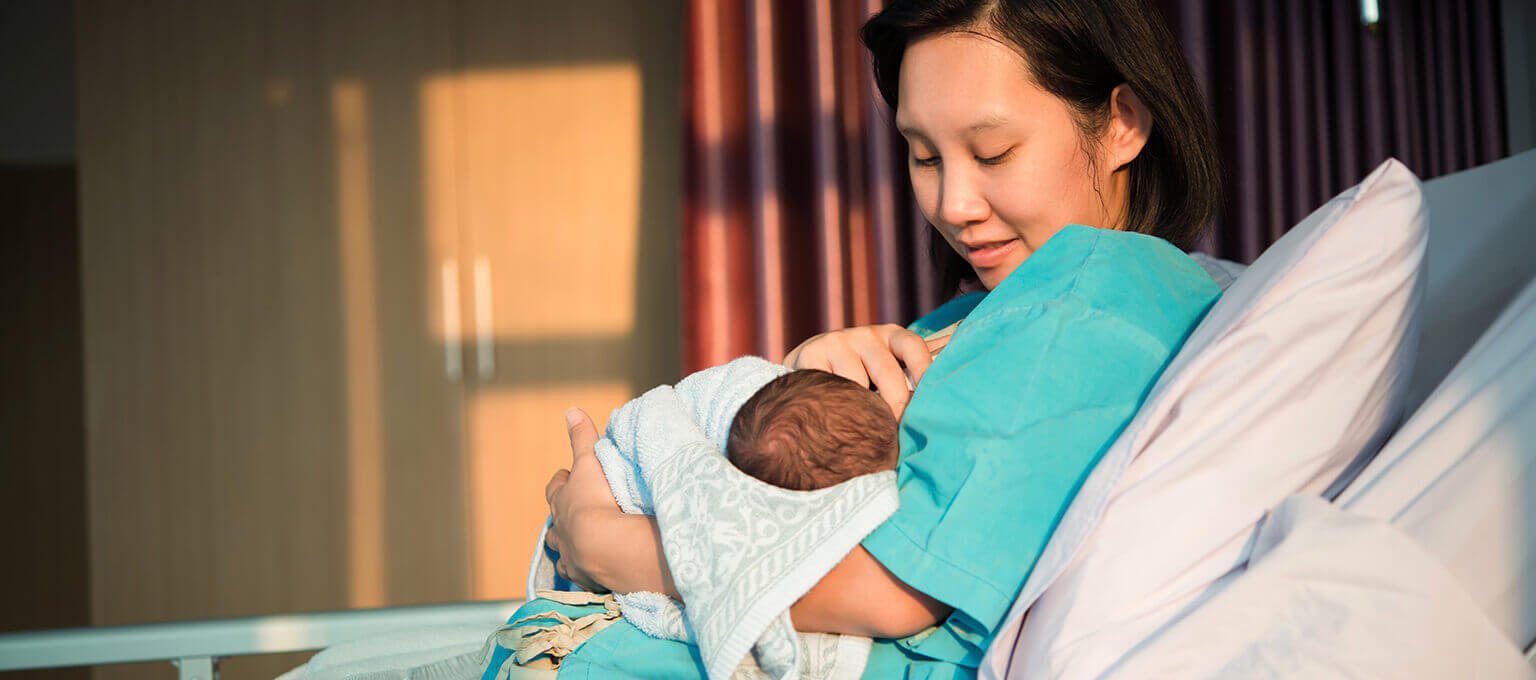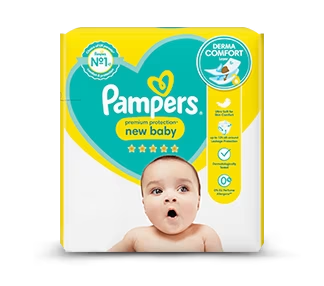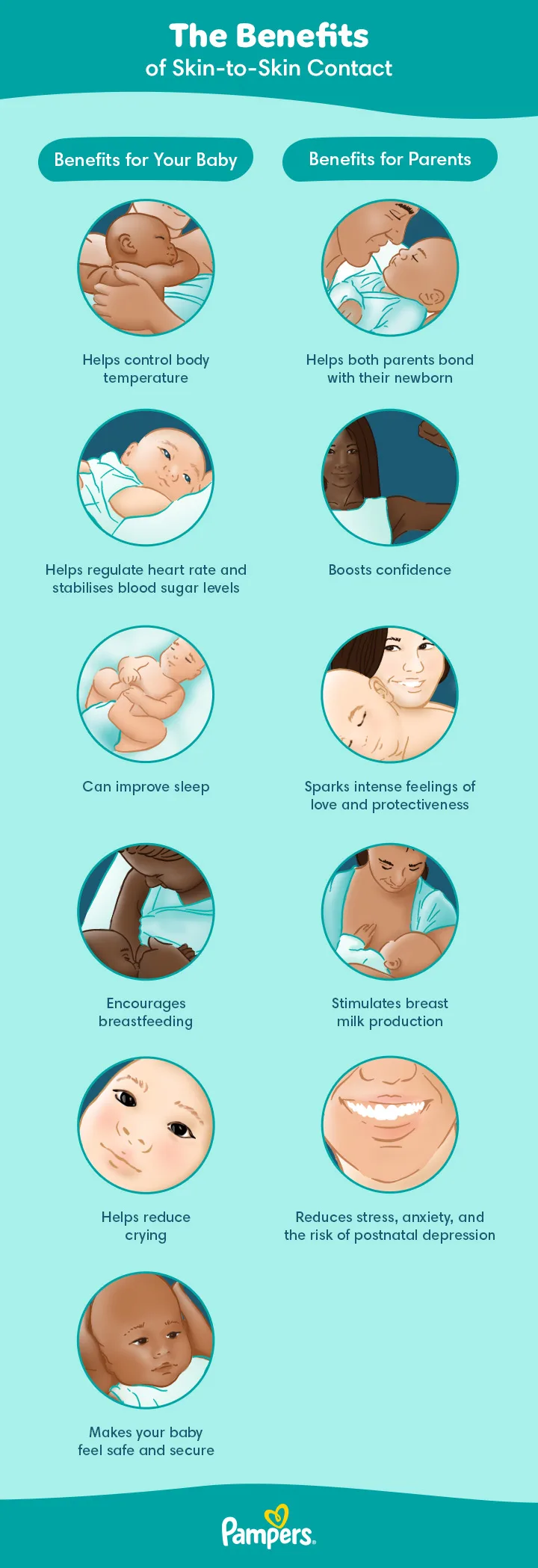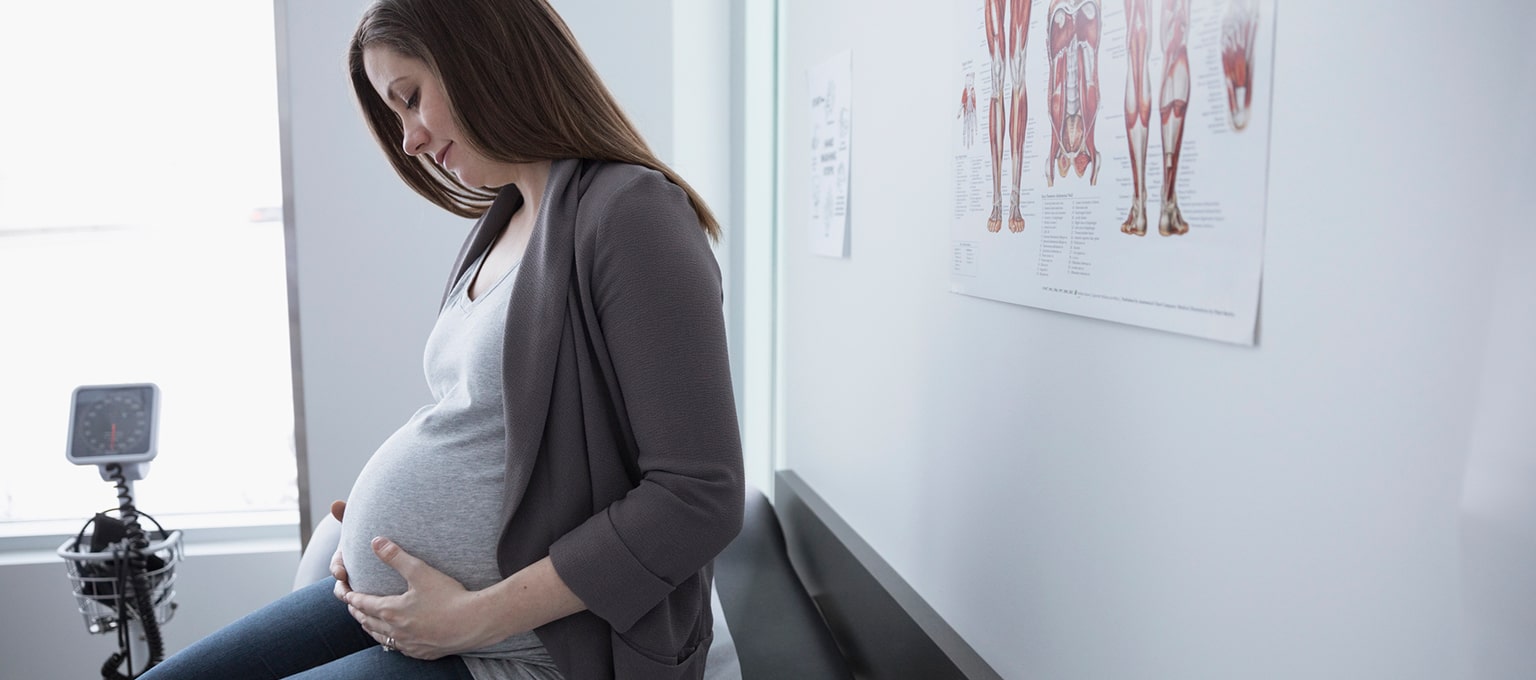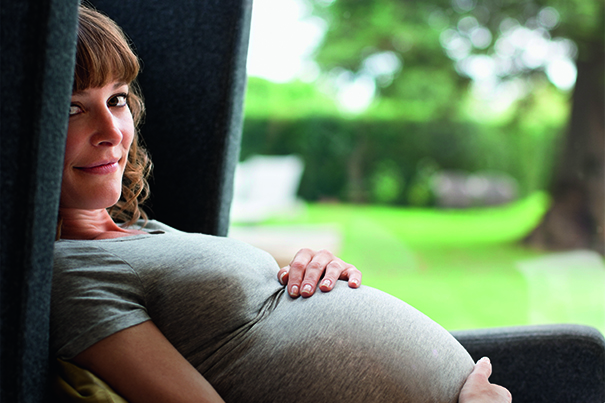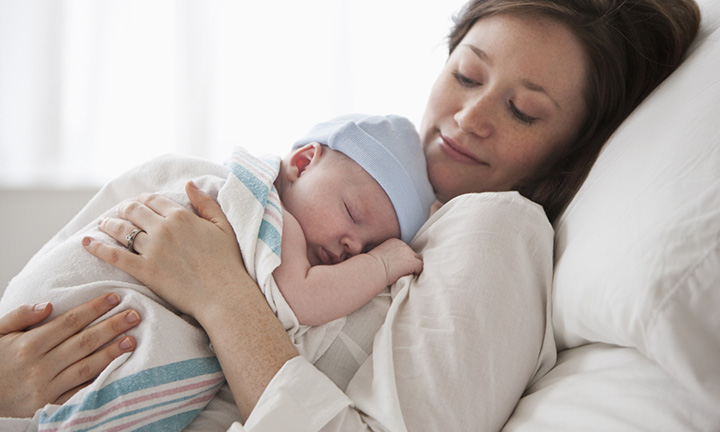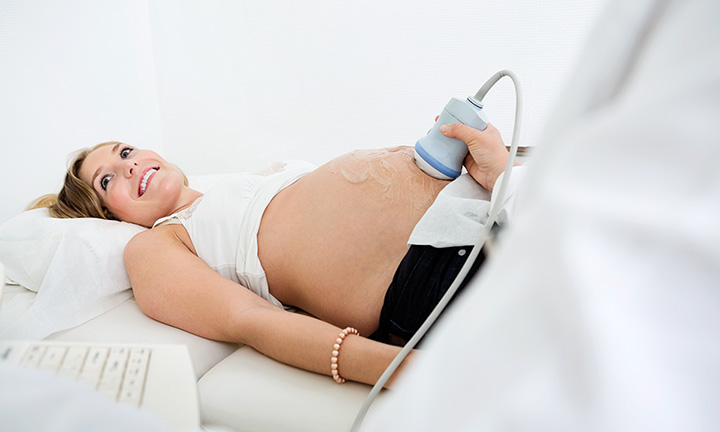
Kangaroo Care: Skin-to-Skin Contact With Your Newborn
Key Takeaways
The first time you set eyes on your newborn is an unforgettable experience. You may find yourself studying every part of your little one’s face, getting to know your baby’s smell and reassuring him or her with words, touch and affection.
This is all part of the bonding process that gets underway in the minutes, hours and days after your baby’s birth, but did you know how important skin-to-skin contact can be during this time? Learn about skin-to-skin contact (also known as kangaroo care), how to practice it and the many benefits it can have for you, your baby and your partner (if you have one).
What Is Skin-to-Skin Contact (Kangaroo Care)?
Kangaroo care is when you give your newborn baby lots of skin-to-skin contact by placing your naked baby on your bare chest immediately after birth – and regularly in the weeks that follow – with a blanket, gown, or shirt wrapped over you and your infant’s back for extra warmth.
Besides being a great way of bonding with your new baby, skin-to-skin care has lots of proven health benefits for you and your little one.
Both you and your partner can practice skin-to-skin contact, starting from right after your baby is born (where possible) and continuing throughout infancy.
What Does Skin-to-Skin Contact Do for You and Your Baby?
Skin-to-skin contact is especially important for premature babies. In fact, the practice was first developed for preemies, who were shown to benefit when given kangaroo care.
However, research shows that the benefits of skin-to-skin contact can be enjoyed by all babies (and their parents):
Here are a few of the top benefits of skin-to-skin contact for you and your partner:
When Can You Start Skin-to-Skin Contact?
You can practice skin-to-skin contact immediately or soon after delivery. Depending on your condition and your baby’s medical situation after delivery, you can usually ask to hold your baby right after birth.
Skin-to-skin contact isn’t only for mums who have a natural birth. Kangaroo care is usually possible after an assisted birth (for example, using forceps or suction) or after a caesarean section too.
If you’re keen to give your newborn baby skin-to-skin contact immediately after birth, let your birth partner and midwife know, and check the policy of your maternity hospital or birthing centre on kangaroo care.
It’s also a good idea to state in your birth plan that you’d like skin-to-skin contact to begin as soon as possible after delivery and for it to be interruption-free if possible.
As the non-birthing parent, you can start kangaroo care at any time, too. For example, if your partner is receiving care or stitches after a surgical intervention, this is a good opportunity for you to have some skin-to-skin contact with your newborn while you wait for the procedure to be finished. Once your partner is well enough, they can take over skin-to-skin contact.
What If You Can’t Hold Your Newborn Right After Birth?
Medical professionals understand the importance of skin-to-skin contact, and if you and your baby are doing well, they will place the baby on your chest as soon as possible if you’ve requested it. Don’t worry – even if it’s delayed, the skin-to-skin contact will still benefit you and your baby enormously.
After a caesarean section, in most cases, you will still be able to hold your baby soon after birth. However, discuss this with your midwife ahead of time and include your preference for skin-to-skin contact in your birth plan, if you’re having one.
While you are being stitched up after your caesarean section or an episiotomy, your partner can take over skin-to-skin contact until you’re up to it.
What happens right after you give birth can’t always be planned in advance, but if your midwife and other maternity hospital staff know your preference for skin-to-skin contact – and your maternity unit supports kangaroo care – they will try to make it happen as soon as it is possible.
Does Skin-to-Skin Contact Help With Breastfeeding?
Yes, studies have found that skin-to-skin contact:
Can Partners Have Skin-to-Skin Contact With Their Newborns?
Yes! The benefits of skin-to-skin contact for partners include bonding with their baby, feeling more confident as a parent and feeling a surge of protectiveness toward their baby.
A partner can also pass on the same benefits as mum in terms of helping to regulate their baby’s temperature and heartbeat. Plus, while the non-birthing partner is spending some bonding time with the baby, mum will be able to get a little rest, too.
For more on the benefits of skin-to-skin contact, check out the infographic below.
How Long Should You Do Skin-to-Skin Contact For?
Kangaroo care is especially beneficial in the first hour after delivery, but it’s not only the skin-to-skin contact that happens right after birth that is beneficial. You can continue to have skin-to-skin contact with your baby as often as you like afterwards, for as long as you and your little one are happy with it.
Skin-to-skin contact has many benefits for both you and your baby, so enjoy!
Are There Any Safety Concerns with Skin-to-Skin Contact?
For your baby’s safety, there are a few safety guidelines to follow when giving your baby skin-to-skin contact:
If you are using a sling or wrap to hold your baby during kangaroo care, follow the TICKS rules:
The Bottom Line
Skin-to-skin contact or kangaroo care is a wonderful way of bonding with your baby straight away after giving birth and in the weeks and months that follow. It helps you connect on an emotional level and provides physical benefits such as stabilising your baby’s heart rate, temperature and blood sugar. Kangaroo care also helps with breastfeeding.
In most cases, you can practice skin-to-skin contact immediately or soon after giving birth. Having this close contact take place in the first hour after birth is especially beneficial.
Childbirth doesn't always go according to plan, so keep in mind that sometimes, for example, if you’ve had a caesarean section or an episiotomy, or if your baby needs immediate treatment or care, you may need to wait a short while before enjoying skin-to-skin contact.
Try not to worry about these potential scenarios. Skin-to-skin contact can be practiced in the days, weeks and months to come. It won’t be long before you (and your partner, if you have one) are enjoying all the benefits of those magical bonding moments.
How we wrote this article The information in this article is based on the expert advice found in trusted medical and government sources, such as the National Health Service (NHS). You can find a full list of sources used for this article below. The content on this page should not replace professional medical advice. Always consult medical professionals for full diagnosis and treatment.
Read more about Pregnancy
Related Articles
Join Pampers Club and get:
